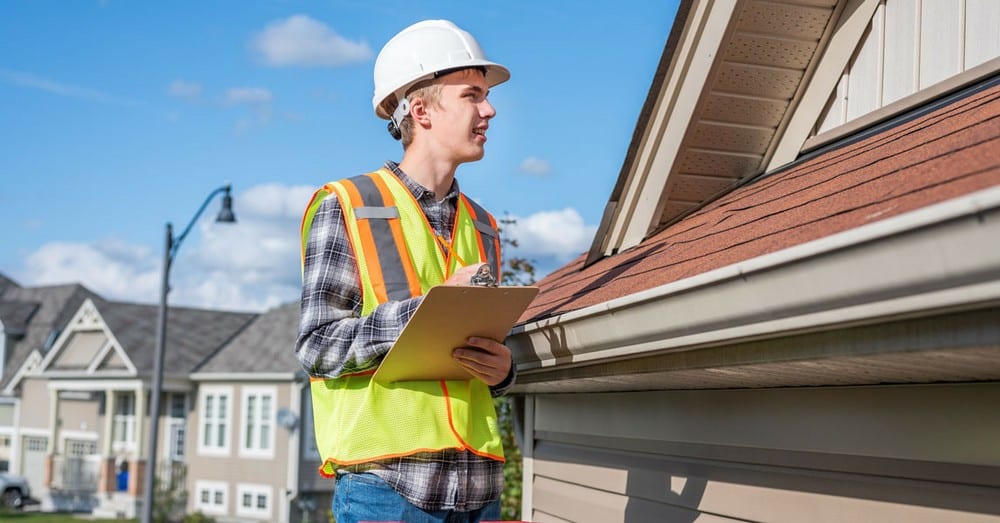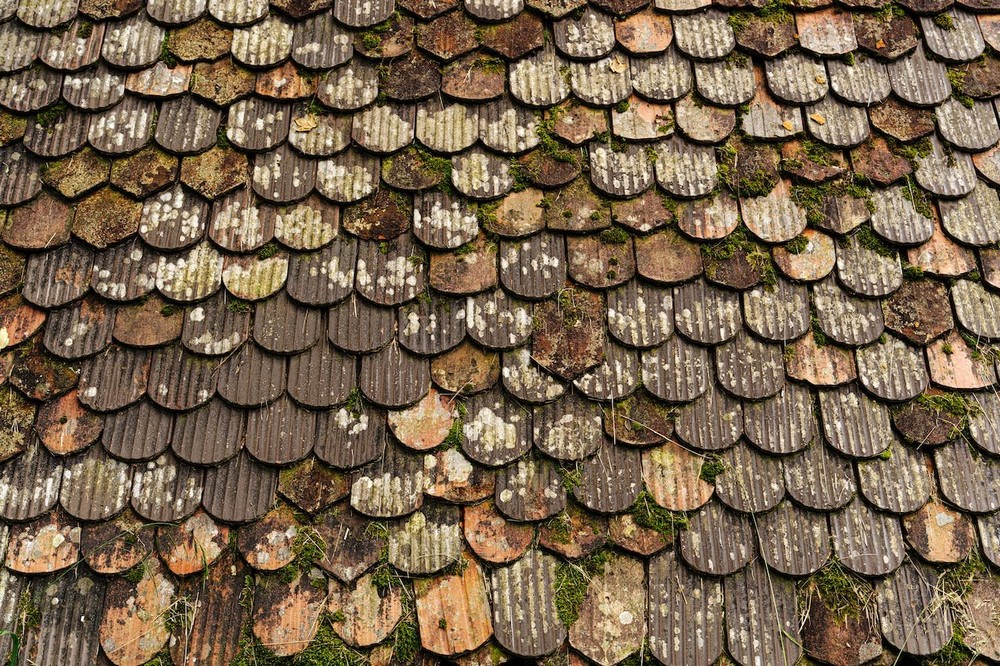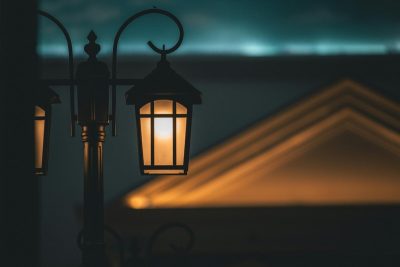
Maintaining a well-kept roof is essential for the safety and comfort of your home. Neglecting roof issues can lead to expensive repairs and significant structural damage. Detecting roof damage early on can help prevent major headaches down the line. Here are seven important indicators to watch out for to ensure your roof remains in optimal shape:
1. Shingle Problems
Missing or Damaged Shingles
One of the most noticeable signs of roof damage is missing or damaged shingles. Shingles may come loose due to strong winds, heavy rainfall, or simply wear and tear over time. Damaged shingles might show cracks, curls, or blisters. Regularly inspecting your roof for such issues can help you catch problems early before they escalate.
Loss of Granules
Another common shingle concern is the loss of granules. These small, gritty particles are essential for protecting shingles from the sun’s UV rays. Check your gutters and downspouts for granule buildup; a significant amount could indicate that your shingles are deteriorating. Addressing granule loss promptly can prevent more extensive damage.
2. Water Leaks and Stains
Internal Leaks
If you spot water stains on your walls or ceiling, it’s a clear sign of a roof leak. Leaks can lead to mold growth, which poses health risks and threatens the integrity of your home’s structure. Regularly checking for and addressing leaks can help you avoid more serious structural problems.
Moisture in Attic
Regularly check your attic for any signs of moisture accumulation, such as damp insulation or mold growth. Moisture in the attic is usually a sign of a roof leak or insufficient ventilation. Ensuring proper ventilation and addressing leaks promptly can help maintain a dry and healthy attic space.
3. Roof Deck Drooping
A sagging roof deck signals a significant problem that needs immediate attention. It suggests structural damage, often caused by prolonged exposure to water. If you notice your roof drooping or appearing uneven, contact a professional roofer to evaluate the situation. Addressing sagging early can prevent further structural damage and costly repairs.
4. Flashing in Need of Repair
Cracked or Bent Flashing
Flashing is used to seal joints and prevent water from entering your home. Damaged flashing can result in leaks around chimneys, vents, and skylights. Check these areas for any signs of cracked, bent, or missing flashing. Ensuring your flashing is in good condition can prevent water from seeping into vulnerable areas of your roof.
Rust and Corrosion
Metal flashing may develop rust over time, particularly in regions with high humidity or coastal climates. Rusty flashing loses its efficacy and should be replaced to avoid leaks. Regularly inspecting and maintaining metal flashing can help you avoid water damage and prolong the life of your roof.
5. Changes in Roof Coloration
Dark Streaks and Algae
Dark streaks on your roof are often a result of algae growth. While algae itself doesn’t harm shingles, it may indicate moisture issues and lead to moss growth that can harm the shingles over time. Cleaning algae off your roof and addressing underlying moisture problems can prevent further issues.
Moss and Lichen
Moss holds moisture against your roof’s surface, potentially causing damage to shingles and rotting. Lichen, composed of algae and fungus, can also pose similar problems. To maintain the health of your roof, it’s important to remove both moss and lichen. It goes without saying that you should hire a roof repair company to do the job for you. Regular maintenance can help keep your roof free from damaging growths.
6. Gutters and Downspouts
When gutters get clogged with leaves, debris, or shingle granules, water can back up and seep under your roof. Make sure to clean your gutters regularly and ensure they are securely attached to your home. Properly functioning gutters and downspouts are essential for directing water away from your roof and foundation.
If you notice sagging or detached gutters, it’s a sign that water may not be properly directed away from your roof and foundation. This can lead to water damage and should be fixed promptly. Regular maintenance and prompt repairs can help keep your gutters in optimal condition.
7. Daylight Through the Roof Boards
If sunlight is visible shining through the roof boards in your attic, it indicates holes or gaps in your roof that could cause significant water damage. This issue requires immediate attention. Addressing gaps or holes in your roof promptly can prevent water from entering and causing further damage.
Check for drafts or noticeable temperature changes in the attic, as they may signal gaps or holes in the roof affecting insulation and energy efficiency. Ensuring your roof is properly sealed can help maintain a comfortable and energy-efficient home.
Final Thoughts
Identifying roof damage early on can help you avoid expensive repairs and potential structural issues down the line. Regularly checking your roof for missing or damaged shingles, leaks, sagging areas, faulty flashing, discoloration, gutter problems, and visible light can help keep your roof in good shape. Remember to schedule professional inspections and take preventive steps to care for your roof.
By adhering to these recommendations, you can preserve the integrity of your roof and prolong its lifespan. Detecting problems early and fixing them promptly is crucial to preventing more serious issues in the future. Keep an eye out for these seven signs to ensure that your roof continues to shield your home for years to come. Regular maintenance and timely repairs can make a significant difference in the longevity and performance of your roof.









